Julia's French Bread Recipe

February, 2008 will go down in Peanut Butter and Julie history as my first month as a proud member of The Daring Bakers--and what a month to begin with! This month's challenge, Julia Child's French Bread from "Mastering the Art of French Cooking, Volume II", was selected by Mary from The Sour Dough blog and Sara from I Like to Cook. Because the recipe is an intimidating 17 pages long in Julia's classic cookbook, you'll understand why I am choosing not to post it in its entirety on my site, and instead provide you with a link to it on Mary's site here. Below, I'll share with you some of my photos of the cooking process along with my usual comments and tips for making this bread.
Ooh La La! Daring Bakers Take On Julia's French Bread
I thought that it was so appropriate that my first recipe as part of The Daring Bakers was written by


I chose to form the dough into the three 24" baguettes, because I really wanted to practice shaping the longer loaves, as I thought that this would be one of the more complicated shapes. They all turned out a little bit different in width, and the rolling and lengthening process was easier with some than with others. I also think that I didn't split the dough exactly in thirds, and maybe next time I should weigh the pieces to be sure. As suspected, the slashing of the dough, just before placing the baguettes in the oven 
After placing the loaves in the oven (I need to get a longer baking sheet--they were practically hanging off of the edge!), I used a pastry brush to wet them as opposed to a spray bottle, which I didn't have, but will definitely invest in for the next go-round as I think it would be the easier method. The smell that came from the oven during the baking process was heavenly, but it was agony knowing that I would need to let the loaves rest for 2 hours after they finished baking. Trying to explain that to my husband was probably the hardest part of this entire process--he is a notorious bread lover. The loaves came out a nice golden brown color, and the "slash" marks actually looked pretty professional--good enough for a first timer at least. They
For dinner, I had made a simple corn and cheddar chowder, knowing that we would have some great fresh bread for mopping up the last few bits. It is amazing to me what can be made out of so few ingredients. The bread tasted just like "the real thing": crisp and crunchy on the outside, and soft and chewy on the inside. We ate it with some good European butter, although it would have been delicious on its own. The only complaint that I have is that I didn't make a double (or triple) batch, as the bread was gone very quickly. But, as I have said, next time..........
Thank you Mary and Sara for a great first challenge--I'm looking forward to challenge #2!!
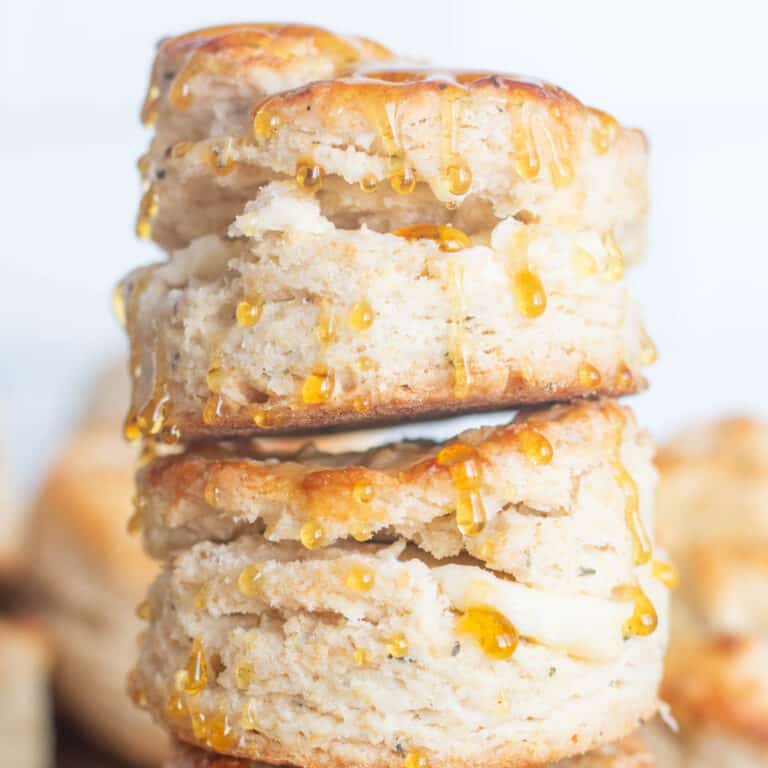
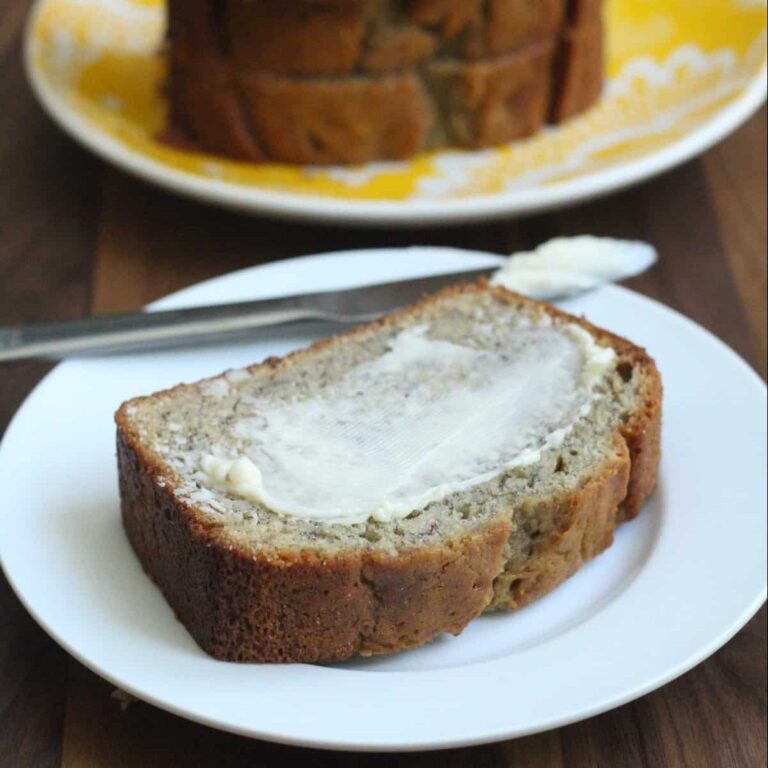
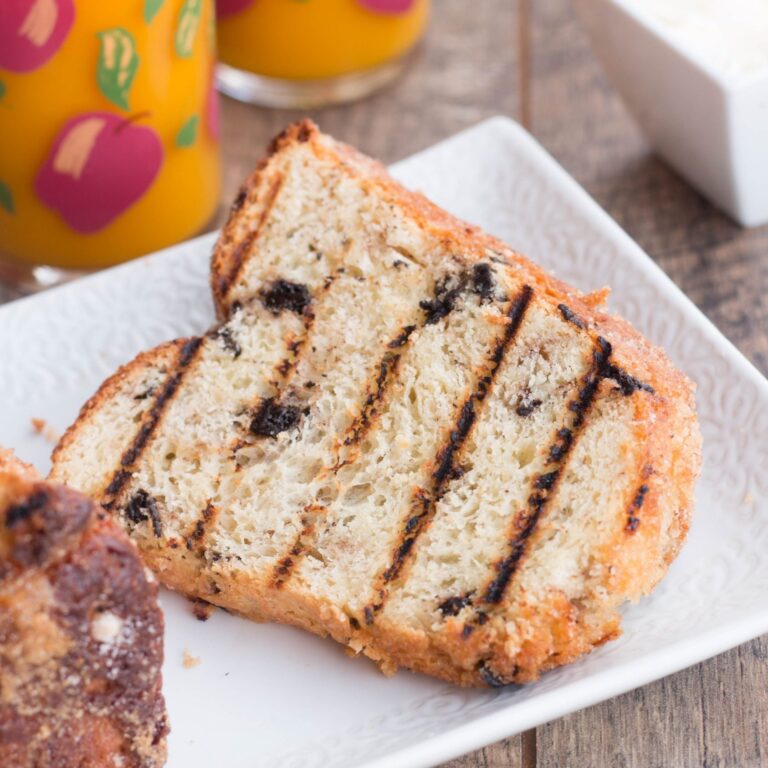
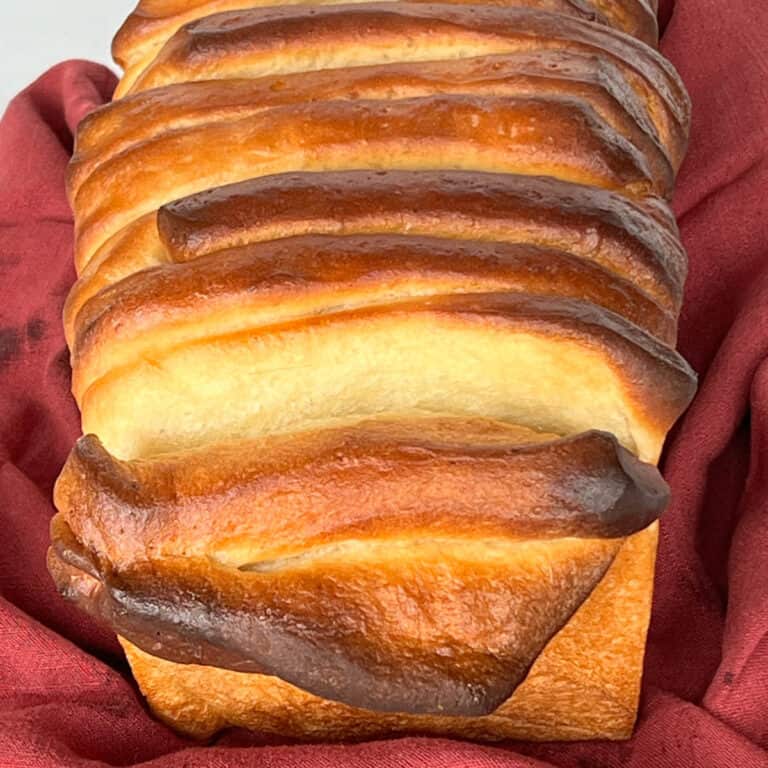
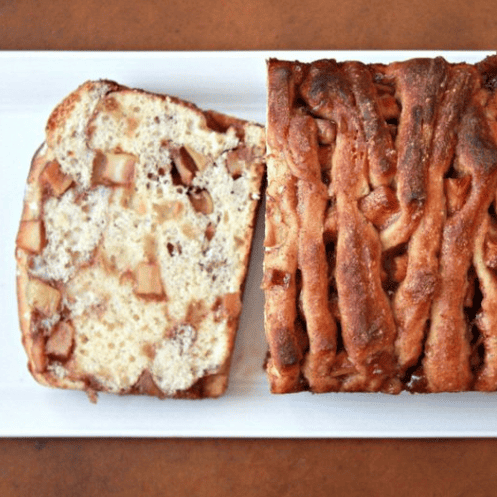
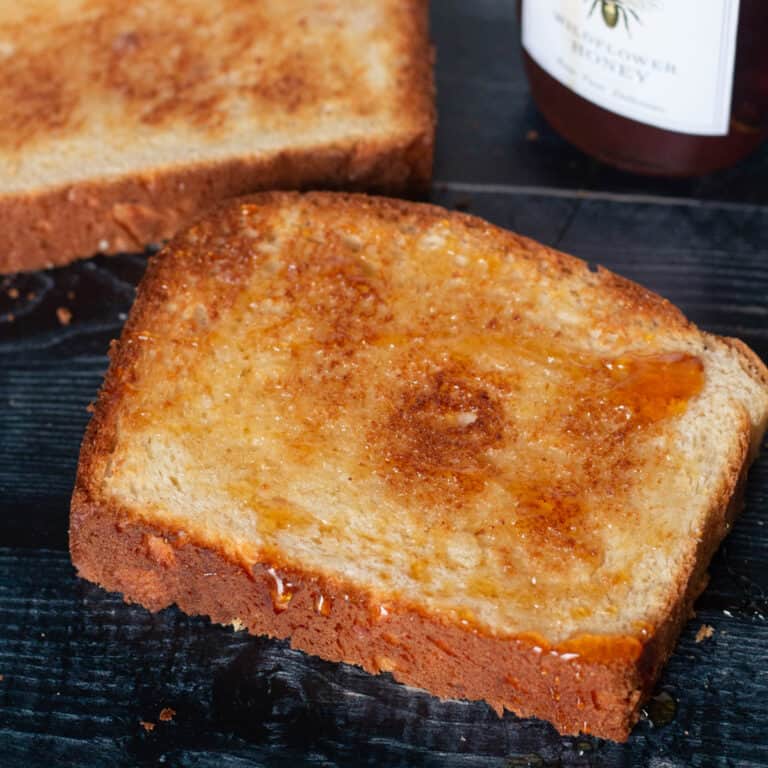
I agree that waiting to taste the bread was very difficult, but it was really worth it. Your bread looks great. Welcome to the group!
Mary deserves all the credit! Thanks for baking with us this month.
oh la awesome! great job 🙂
What a great way to start with the Daring Bakers! You did fantastic.
Thanks for baking with Sara and I
Welcome to the Daring Bakers! Your bread looks terrific....
What wonderful loaves of French Bread. You did a fabulous job on your first DB challenge! How great that you plan to make this again! Welcome to the Daring Bakers!
Your bread looks like an amazing success! Bravo!